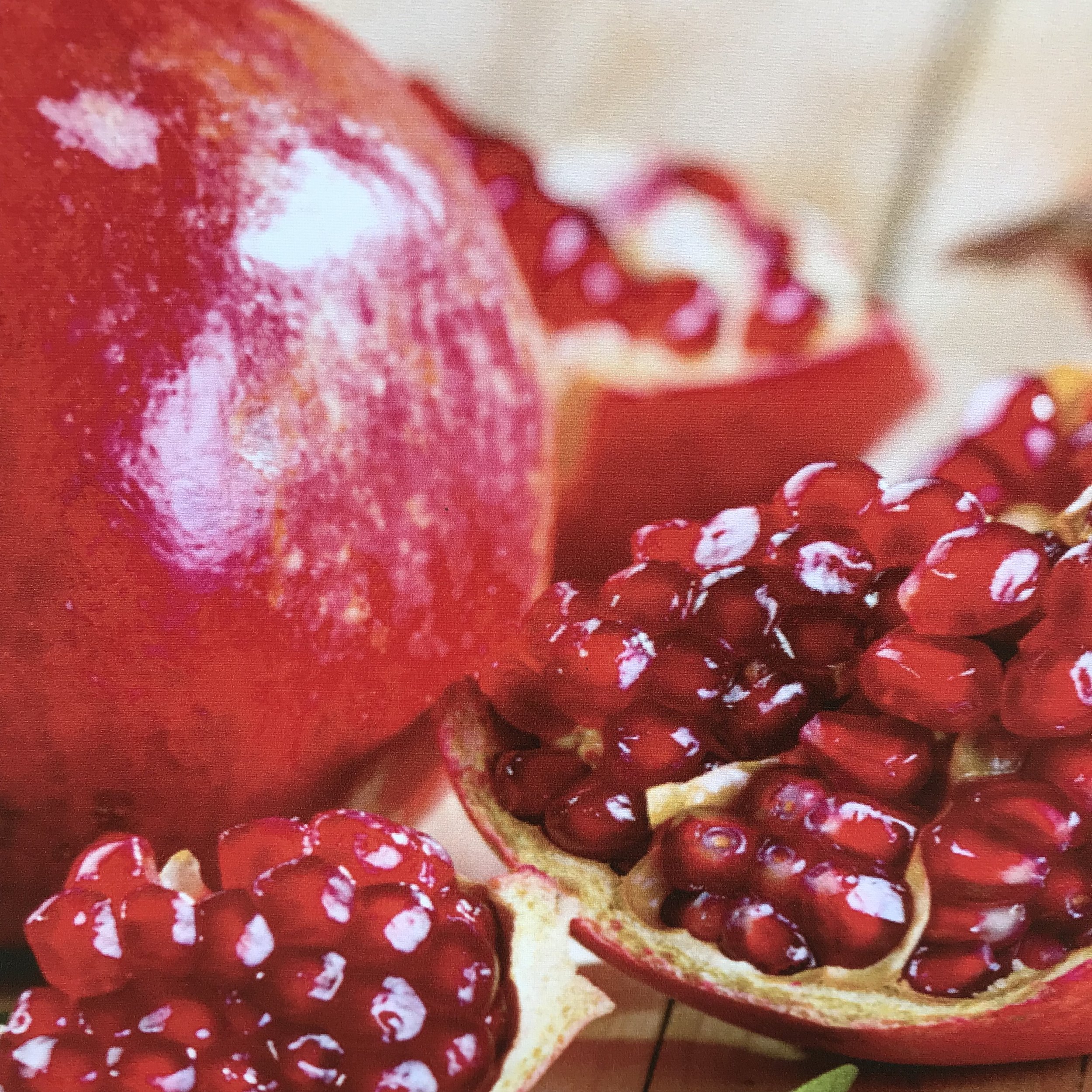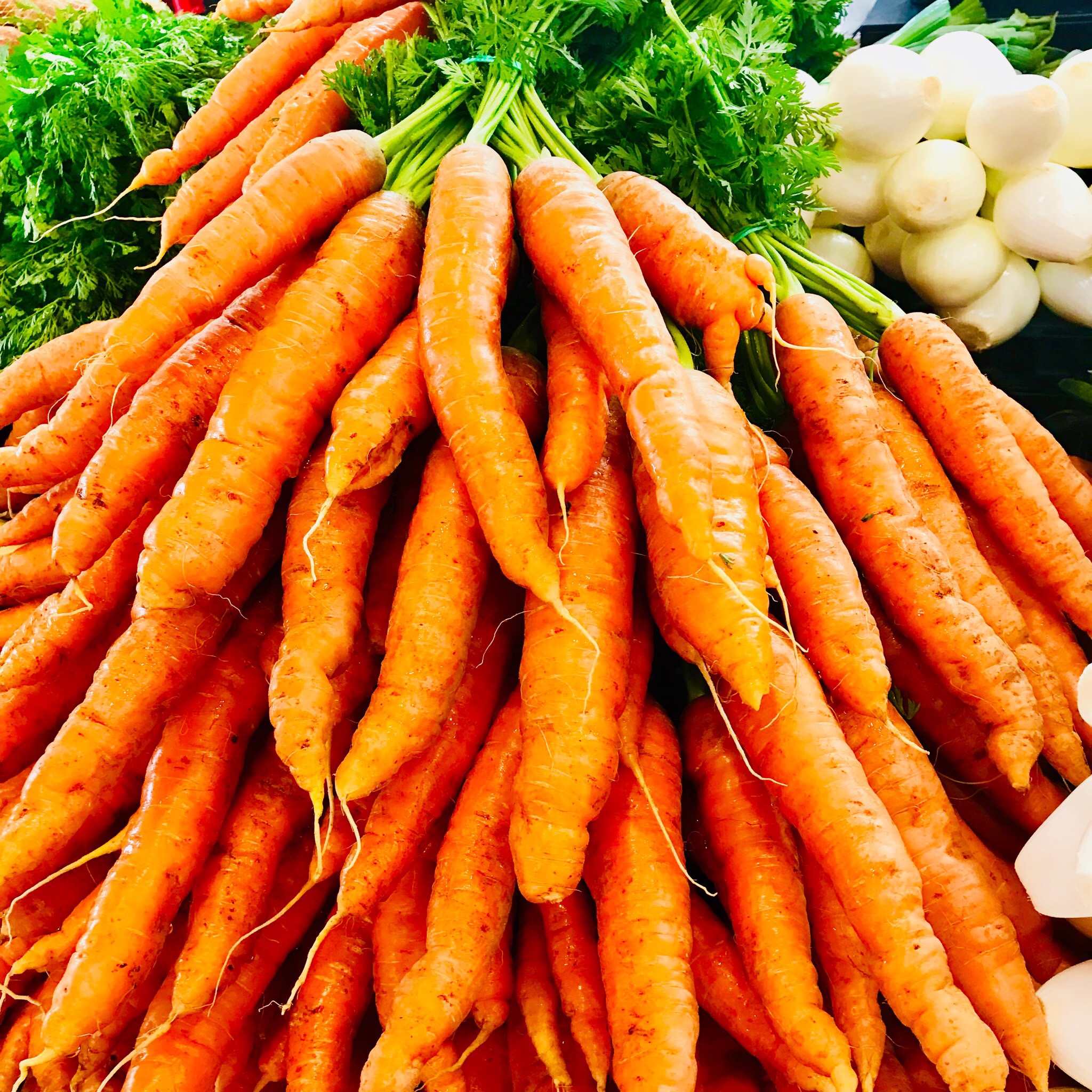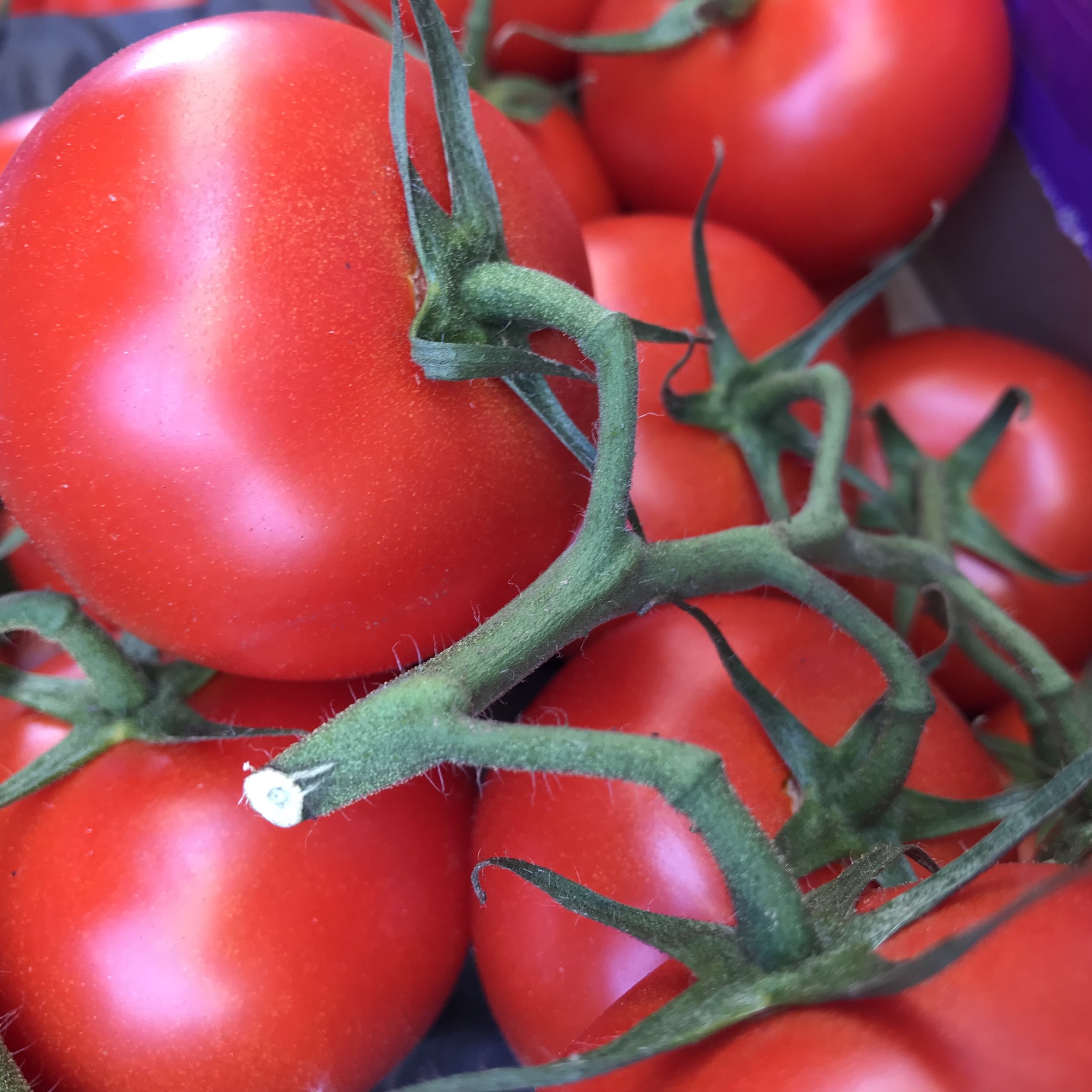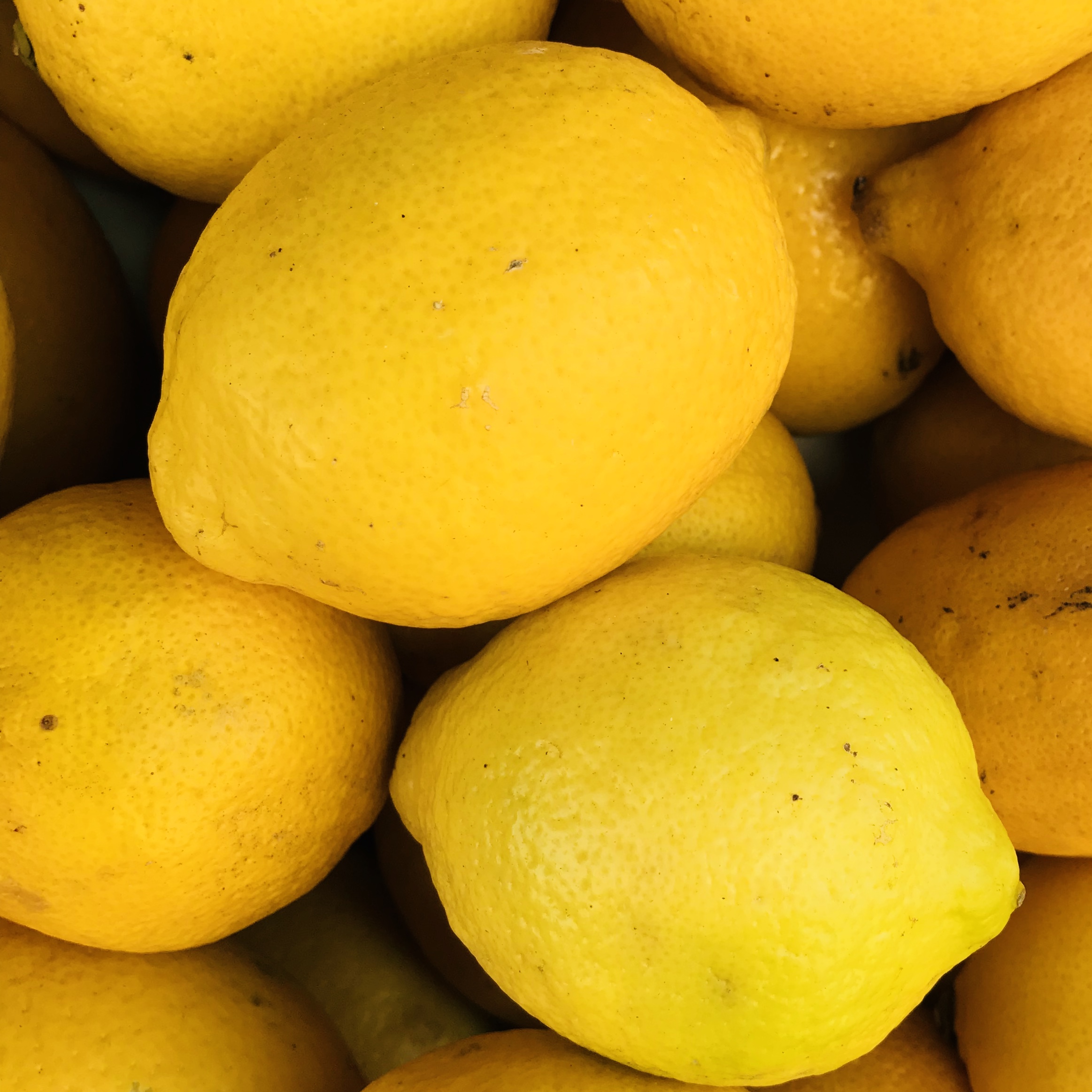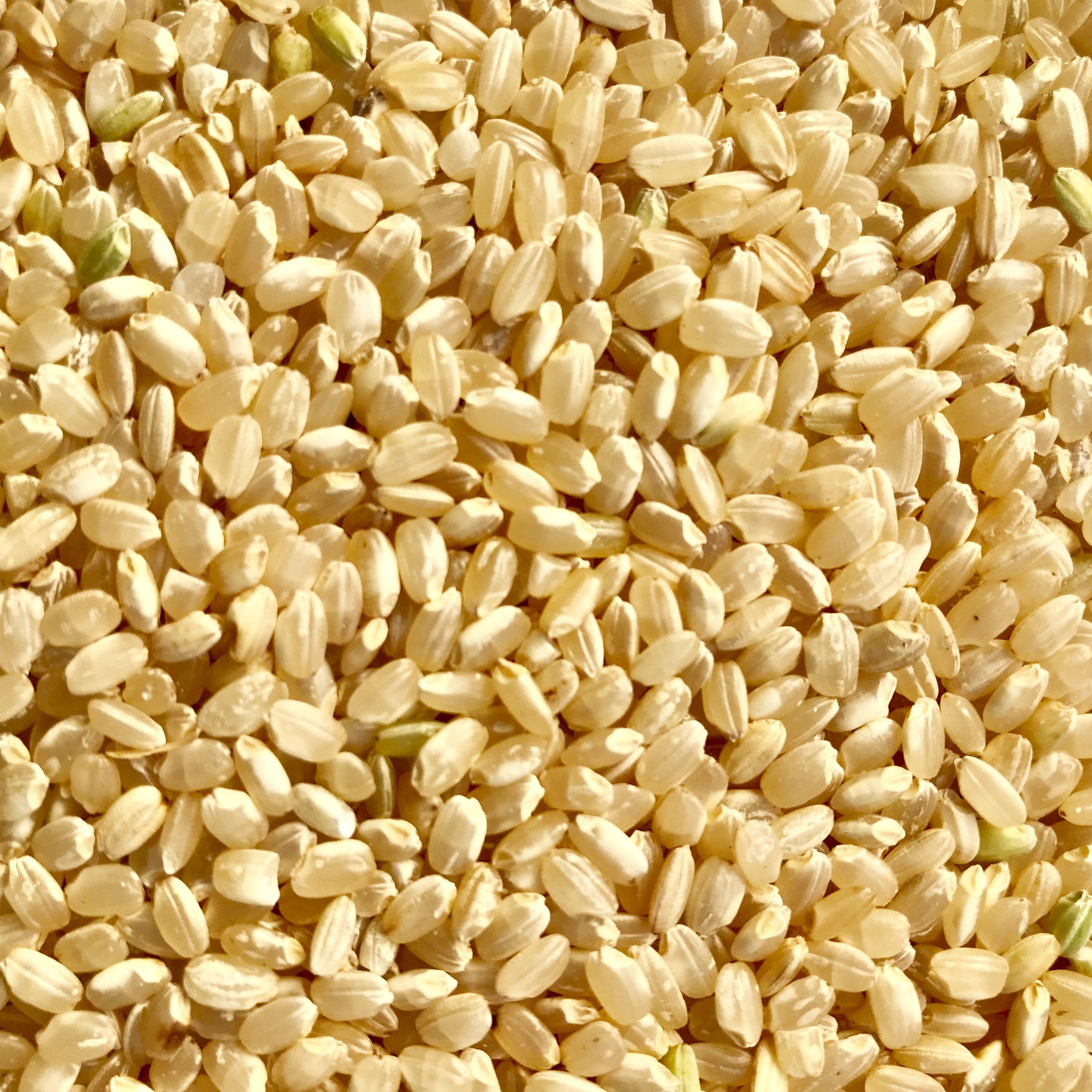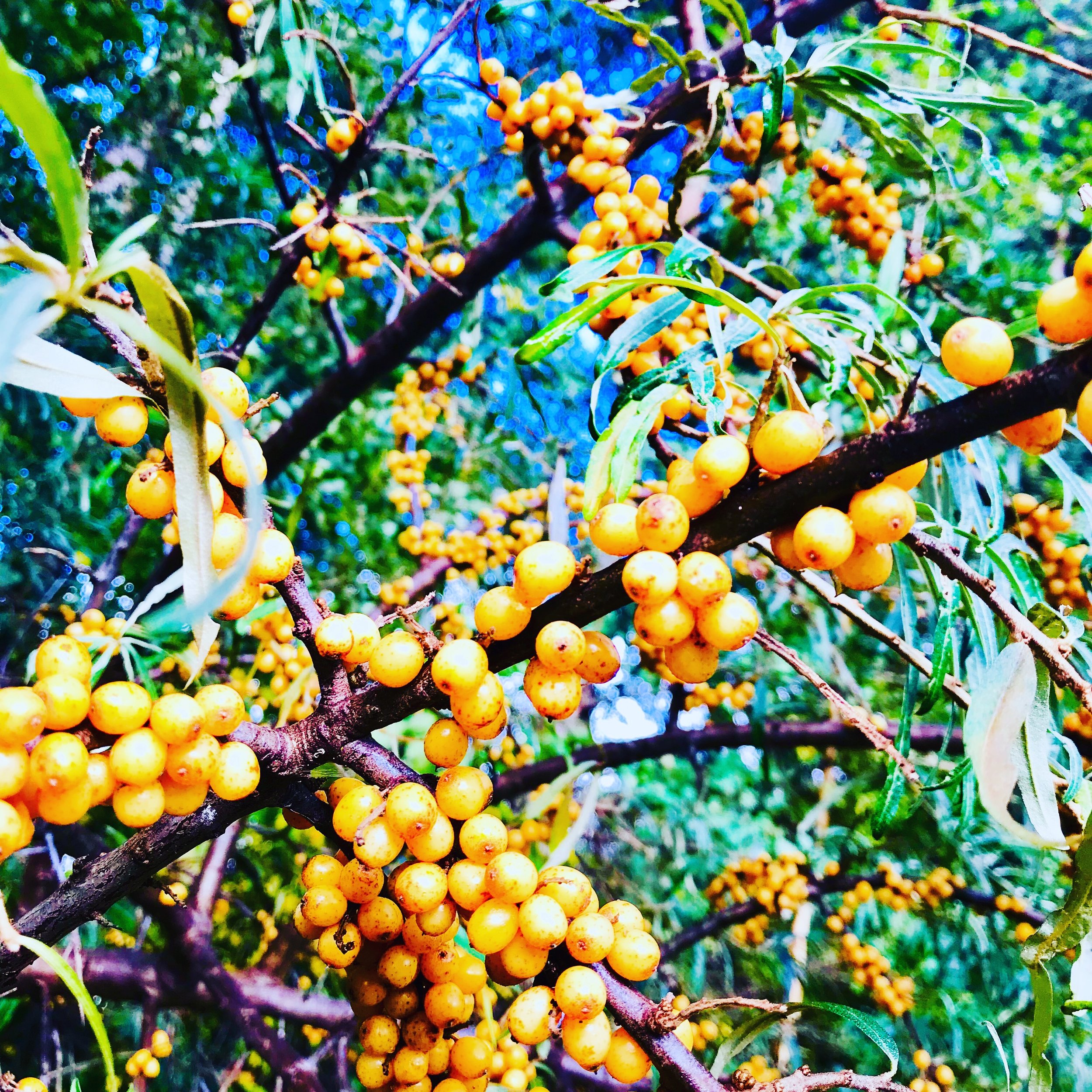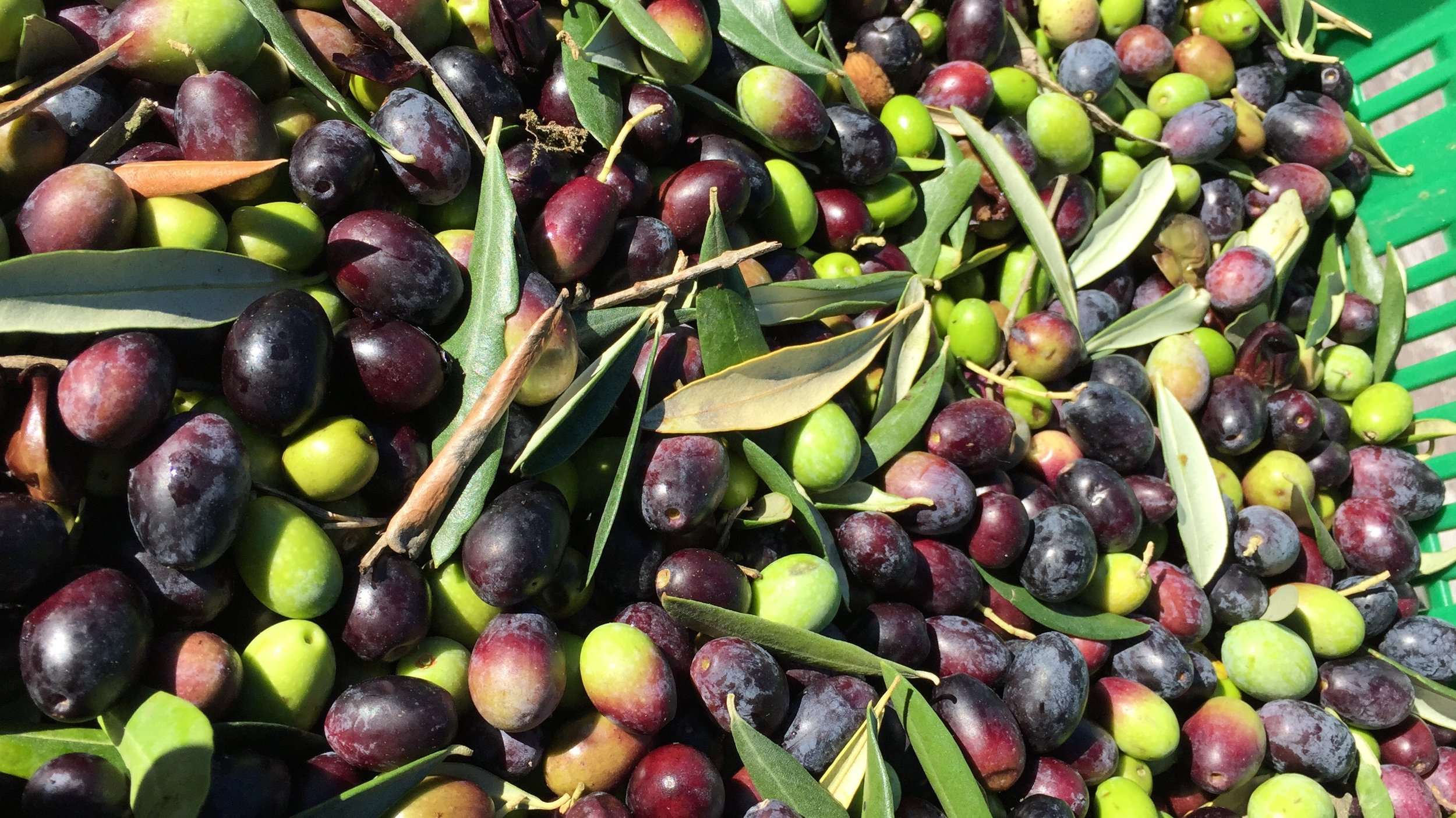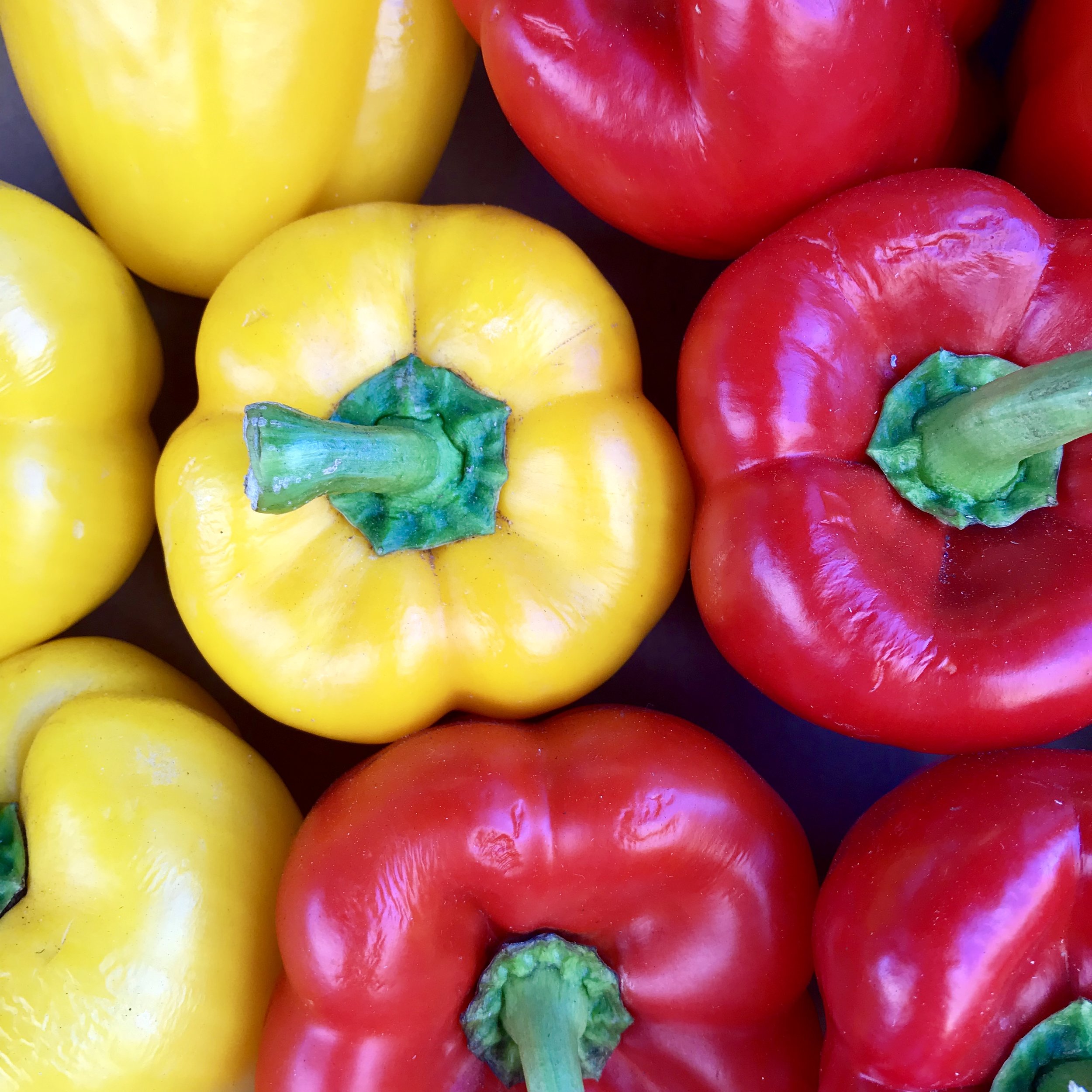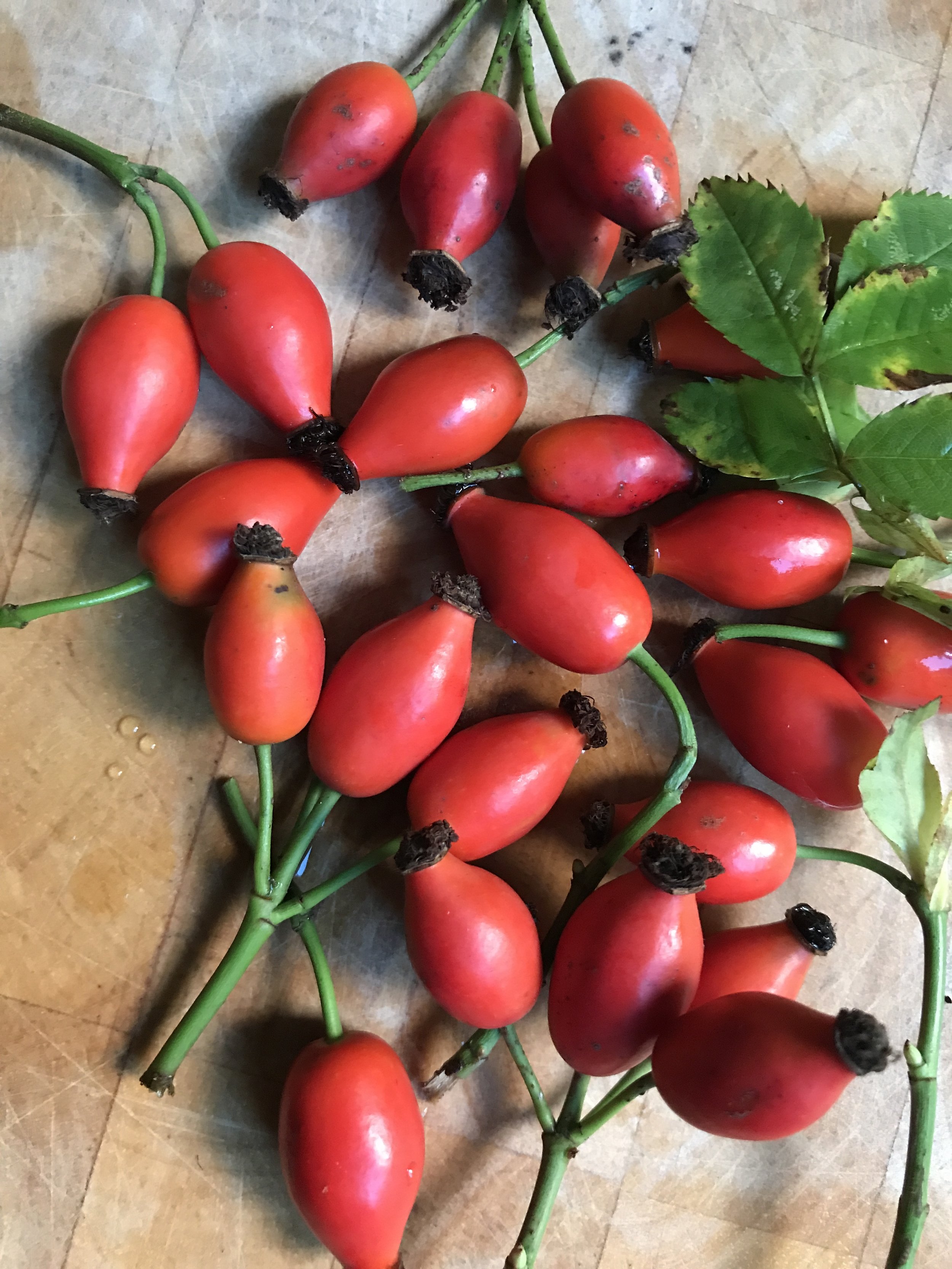Why antioxidants?
Something on the daily news got my attention. The news was about the type of food being prepared for NASA astronauts while traveling on the space... So what? Apparently with each trip to the space, due to the particular conditions, the astronauts age by 10 years in a few days... yes that’s a lot!!!
So NASA commissioned food preparation to an Italian firm, having as a special requirement that the food has to be extremely rich in antioxidants, to counteract the ageing effect.
There you have it. Antioxidants counteract the effects of free radicals and ageing, so it is extremely important to add as many as antioxidants as possible to your diet. And this is confirmed by NASA agency!!!
So, what does it mean to you? What are the antioxidants and what do they do to our body??
Free Radicals are thought to cause aging and diseases, they make aging not only our skin, but also our brain, our eyes, etc. The best way for fighting Free Radicals is to eat plenty of Antioxidant rich foods. How do you measure the content of antioxidants in foods??
ORAC (oxygen radical absorption capacity) is the unit of measure of the concentration in Antioxidants in foods, this means the power of the plants to absorb and eliminate free radicals.
Here some fabulous examples of antioxidants: Vitamin C, Vitamin E, Lutein, Anthocyanin, Quercetin, Lycopene, Beta Carotene, Flavonoids, Zeaxanthin, Selenium.
Antioxidant Beta Carotene is a red-orange pigment found in plants and fruits, especially carrots and colorful vegetables. Beta Carotene is a precursor of vitamin A, the human body converts beta carotene into vitamin A (retinol). We need vitamin A for healthy skin and mucus membranes, our immune system, and good eye health and vision. Foods rich in beta carotene are: apricots, carrots, peppers, sweet potatoes, broccoli, spinach, kale, pumpkins.
Lycopene is a powerful antioxidant and anti-inflammatory that helps to prevent damage caused by sun exposure and to protect the skin from environmental agents that can contribute to clogged pores and breakouts. Tomatoes and watermelons are very rich in Lycopene, but also in Vitamin C, Beta Carotene.
Polyphenols are a large class of natural chemical compounds synthesized by fruits, vegetables, teas, cocoa and other plants that possess certain health benefits. Polyphenols are divided into several groups, one of which is represented by Flavonoids.
Tea Polyphenols, particularly green tea catechins, are potent antioxidants and fight inflammation, counteract the oxidative damage and inflammation associated with aging, smoking, consuming a high-fat diet, and lack of physical exercise.
Other sources of Flavonoids are cocoa, red grape wine, apples, blueberries, strawberries. Dark chocolate (with cocoa above 70%) is very rich in Polyphenols.
Extra virgin olive oil also has a high concentration of Polyphenols and Carotenoids. There is strong evidence that olive oil consumed in appropriate amounts helps prevent heart disease, strokes, and some cancers.
Lutein and Zeaxanthin another two powerful antioxidants. The best natural food sources are green leafy vegetables and other green or yellow vegetables. Among these, cooked kale and spinach, oranges, eggs and beans. Lutein can help to prevent eye diseases including age-related macular degeneration (AMD) and cataracts.
The health benefits of Zeaxanthin and Lutein are not limited to the eyes. Just as these carotenoids protect the eye's macula and lens, they may similarly protect the skin against detrimental age-related changes, such as reduced flexibility, hydration, and lipid content. Zeaxanthin is one of the most common carotenoid found in nature. It is the pigment that gives paprika corn and saffron their characteristic color.
Selenium is an essential trace mineral to human health. As a constituent of selenoproteins, selenium has structural and enzymic roles, in the latter context being best-known as an antioxidant and catalyst for the production of active thyroid hormone. Foods rich in selenium are pumpkin seeds, sesame seeds, dark chocolate, chickpeas, brown rice, chia seeds, broccoli, mushrooms.
Anthocyanin is a powerful antioxidant that has proven health benefits, it has been known to protect the plant from stressors like UV light, cold temperatures, and drought. It is no wonder that antioxidants like anthocyanins are so powerful. Elderberries lead the way, followed by Wild Blueberries, high bush blueberries, red cabbage, and purple carrots, which round out the top five anthocyanin rich foods.
Quercetin is a type of flavonoid antioxidant that’s found in plant foods, including leafy greens, red onions, olive oil, tomatoes, berries, citrus fruits, apples, dark cherries, and broccoli. It plays an important part in fighting free radical damage, the effects of aging and inflammation. Quercetin also helps protect the skin from the effects of disorders like dermatitis and photosensitivity.
In summary: eat the rainbow!
Colourful fruit and vegetables should be on our plates every day, preferably 3-4 different colours every day. Be creative, there are endless combinations. Eat plenty of fresh salads, make smoothies and add fruits to your breakfast.
A healthy balanced diet rich in vitamins and antioxidants is proven to improve health and appearance of skin.
For healthy tips, Italian recipes ideas, and choice of best ingredients please check our website and social media or contact us! We will be very happy to help!

